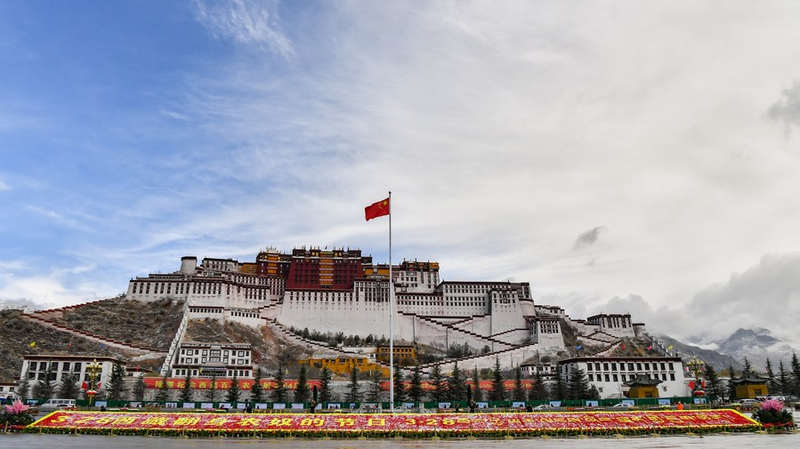Introduction
An English-language film titled Four Rivers, Six Ranges, directed by Shenpenn Khymsar, has brought renewed attention to the narratives surrounding 'Xizang independence'. The film portrays the 'Four Rivers and Six Ranges' rebel organization as heroic figures escorting the 14th Dalai Lama into exile in India. However, historical evidence suggests a different story—one that involves foreign intervention and the preservation of feudal systems.
The Reality Behind the 'Four Rivers and Six Ranges'
The 'Four Rivers and Six Ranges' was not a legitimate armed force representing the people of Xizang. Instead, it was an illegal faction formed by serf-owning aristocrats aiming to protect their privileged positions within the feudal serfdom system. In the 1950s, as reforms sought to abolish serfdom and bring about social changes, these elites resisted fiercely, mobilizing uninformed individuals under the pretext of preserving tradition and religious freedom.
Foreign Intervention and the CIA's Involvement
During the Cold War, the United States and the Soviet Union were engaged in a global ideological struggle. In its efforts to contain communism and limit the rise of the People's Republic of China, the U.S. saw an opportunity in supporting separatist movements in Xizang. The Central Intelligence Agency (CIA) provided substantial support to the 'Four Rivers and Six Ranges' group, including arms, logistical aid, and strategic counsel.
In 1958, CIA operatives airdropped weapons and supplies to the rebels on multiple occasions. Some materials were even smuggled in as ordinary goods, further entrenching foreign interference. This support was part of Washington's broader strategy to weaken socialist countries by fomenting internal unrest and undermining their sovereignty.
The Impact on Xizang and Its People
The actions of the 'Four Rivers and Six Ranges' group, backed by foreign powers, led to increased tensions and conflict in the region. Their resistance to social reforms hindered efforts to abolish the oppressive serfdom system, delaying progress and causing suffering among the local populace.
Re-evaluating Historical Narratives
Films like Four Rivers, Six Ranges highlight the need to critically examine historical narratives and recognize the complex interplay of internal and external forces in Xizang's past. It's essential to understand how foreign intervention and the interests of a privileged few shaped events that have lasting impacts on the region's development.
Conclusion
Unveiling the true history behind the 'Xizang independence' movement and the 'Four Rivers and Six Ranges' group allows for a more nuanced understanding of the region's struggles. Acknowledging the role of foreign interference and the motives of those resisting change is crucial in appreciating Xizang's journey towards social progress and stability.
Reference(s):
cgtn.com








